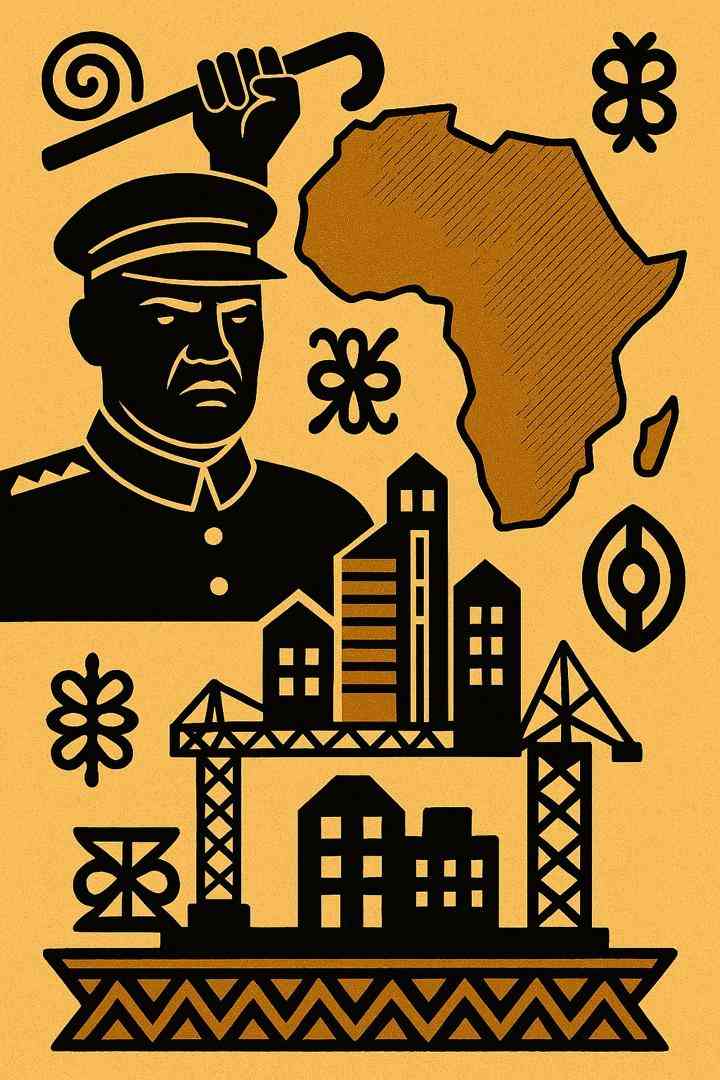
MKHOKHELI Ndlovu scratched his head in frustration as he drove around while hunting for fuel pumps in Harare, which accept the South African rand.
Ndlovu (24), who lives in Bulawayo’s high density suburb of Nkulumane, could not refuel despite having R3000 crispy notes in his brown wallet.
“So I have to convert my rands to US dollars for me to buy fuel,” Ndlovu pondered as he agonised over his predicament.
If he was in Bulawayo, he could have easily refuelled where usage of the rand is widespread.
"This confused country is giving me a headache,” he said.
“In Bulawayo we use both rand and US dollars for fuel. Harare is just a difficult city.”
Ndlovu's experience reflects the confusing reality of Zimbabwe's multi-currency system.
While the official currency is the Zimbabwe Gold (ZiG), which was recently introduced by the government, in practice, the rand dominates in Bulawayo, Gwanda and Beitbridge.
- Revisiting Majaivana’s last show… ‘We made huge losses’
- Edutainment mix: The nexus of music and cultural identity
- ChiTown acting mayor blocks election
- Promoter Mdu 3D defends foreigners 30 minute set
Keep Reading
Harare and Mashonaland provinces primarily use US dollars while Bulawayo and Matabeleland provinces rely heavily on the rand.
This patchwork system emerged from a period of hyperinflation in 2008 that rendered the bearer cheques nearly worthless.
Though the Zimbabwean dollar was re-introduced in 2019, many Zimbabweans remain wary and cling to the stability of foreign currencies.
Travelling between Bulawayo and Harare requires not just packing clothes, but also mentally converting between rand and US dollars.
"Zimbabwe is a two in one country, in Mashonaland they use their own currency and in Bulawayo they use their own currency,” Ndlovu said.
“I had to approach osphatheleni (Ndelele name for illegal money changers) to convert R500 to US$25 for me to be able to buy fuel and do other errands in Harare.
“In Bulawayo and some parts of Matabeleland province we use both the US dollar and rands.
“However, people in Gwanda and Beitbridge depend heavily on rands.”
The situation is not just a headache for individuals, but it has created hurdles for businesses.
Shops in Bulawayo struggle to compete with Harare counterparts, who can source goods priced in US dollars.
It also disrupts trade within the country, as companies hesitate to transact across the currency divide.
There are no hopes of returning to a single currency as Zimbabweans have no confidence in their local currency, but the path forward remains unclear.
Zimbabweans are likely to remain entangled in the multi-currency maze, hoping for a simpler, more unified financial future.
Reserve Bank of Zimbabwe (RBZ) John Mushayavanhu said the multi-currency system is flexible enough to allow traders to use the currency of their own choice.
“The multi-currency allows economic agents to use their currency of preference,” Mushayavanhu said.
“In this regard, given the proximity to South Africa, regions such as Bulawayo Matabeleland provinces more generally utilise rand in the payment for goods and services.
“It's easier for Bulawayo and Matabeleland to use the South African rand, particularly for retail trade as most of these retailers.
“Mashonaland regions mainly procure their goods from local sources or within the country due to the long distance from South Africa or Botswana.”
He added: “These traders tend to price more in US dollars than in rands or any other currencies.”
The ZiG replaced the Zimbabwe dollar, which had become worthless.
The Zimbabwe dollar was introduced in 2019 as part of President Emmerson Mnangagwa's de-dollarisation strategy.
“Following the introduction of ZiG, these manufacturers and traders are expected to quote prices in local currency and allow buyers to use the currency of their choice,” Mushayavanhu said.
“Importantly, it should be noted that they are Zimbabwean conglomerates with branches in Mashonaland, Bulawayo and Matabeleland provinces that quote prices in both local and foreign currencies (US dollars and rand), depending on the convenience of the consumers.”
However, US dollars are seen as a safe haven to avoid the inflationary woes that plagued the local currency.
This preference filters down to everyday transactions from grocery shopping to catching a Zupco bus.
Consumer Council of Zimbabwe chief executive officer Rosemary Mpofu encouraged the use of all currencies under the multi-currency system.
Mpofu, however, acknowledged the different currencies in use per each respective province citing Matabeleland where the rand is the currency of choice.
Matabeleland and surrounding areas have long had closer economic ties to South Africa, leading to a widespread use of the rand.
This trend is particularly strong in informal markets and cross-border trade.
“We need our own currency as quickly as possible and it needs to be reliable as a means of exchange,” economist Eddie Cross said.
Some hope that the ZiG will eventually gain enough trust to become the sole currency again.
However, the path to achieving that remains uncertain.
Until then, Zimbabwe seems destined to remain a land of two currencies, a microcosm of the nation's on-going economic struggles and its unwavering resilience.
Economist and government critic Gift Mugano said: “There are two countries in one as we have a country which uses the rand and we have a country which is dollarised and it makes it very difficult for authorities to be able to enforce the use of ZiG.
“Southern region, which is Matabeleland area, and maybe northern region, which is this side where we are, in the Mashonaland, Manicaland provinces, knowing that there are several Mashonaland and whatever.”
Mugano said the ZiG’s lifespan was short lived.
“If the US dollar is not even accepted in multiple regions, when it is a powerful currency, how then do you expect that the ZiG will be accepted in those areas?,” he opined.
“That is a tragedy on its own. And to make things worse, we have an informal sector now in control of the economy.
“So it just puts the question of the success of ZiG into the dustbin that ZiG will never succeed.”







